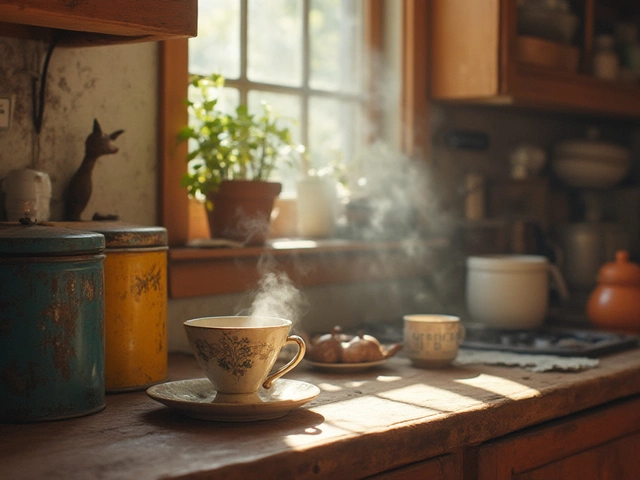Judging Whisky: A Straightforward Guide for Everyday Drinkers
First things first – you don’t need a fancy lab to judge whisky. Grab a clean, clear glass, pour a small amount, and give it a little swirl. The goal is to see the colour, feel the aroma, and notice the texture. It’s as simple as that, and you’ll start spotting differences right away.
Step 1: Look at the Colour
The hue tells you a lot about age and cask type. A light amber usually means a younger whisky or one that spent time in ex‑bourbon barrels. Deep mahogany often points to sherry casks or longer aging. Hold the glass up to a neutral background – a white piece of paper works well – and compare the shade to a reference chart if you have one.
Step 2: Smell Before You Sip
Bring the glass to your nose and take a gentle sniff. Don’t inhale too hard; you want to catch the volatile aromas without overwhelming your senses. Look for fruit notes like apple or raisin, spice cues such as cinnamon or pepper, and any smoky hints. If you’re new, try naming three scents you notice – it trains your nose for future tastings.
While you’re at it, notice the intensity. A strong aroma means the whisky is likely higher in alcohol or has bold cask influence. A subtler nose suggests a smoother, more delicate profile. Either way, you’ve just taken a big step toward judging the spirit.
Step 3: Taste and Talk Texture
Take a small sip and let it coat your tongue. Pay attention to three layers: the initial hit, the mid‑palate, and the finish. Does the flavour burst straight away, or does it unfold slowly? Common flavours include honey, vanilla, oak, and dried fruit. The finish – how long the taste lingers – often indicates quality; longer finishes usually mean a more complex whisky.
Don’t forget the mouthfeel. Is it oily, silky, or a bit watery? A richer texture can be a sign of good cask interaction. If the whisky feels harsh, it might be too young or not fully balanced.
Step 4: Choose the Right Food Pairing
What you eat before a tasting can sharpen your palate. Light, mildly salty foods like crackers, cheese, or toasted nuts work well. They cleanse the palate without overpowering the whisky’s subtle notes. Avoid heavy, spicy dishes right before you sip – they can mask the aromas you’re trying to catch.
For a deeper experience, match a smoky whisky with smoked salmon or a rich cheese. The pairing can highlight the whisky’s peat or bring out hidden vanilla tones. Experiment and note what works best for you.
Step 5: Write Down Your Thoughts
One of the easiest ways to improve your judging skills is to keep a short notebook. Jot down colour, scent, taste, texture, and finish in a few bullet points. Over time you’ll see patterns – maybe you prefer sherry‑cask whiskies or enjoy a bright vanilla finish. This habit turns casual sipping into a real learning process.
Remember, there’s no right or wrong answer. Judging whisky is personal, and the more you practice, the better you’ll get at spotting the details that matter to you.
So next time you pour a dram, follow these steps and watch how quickly your confidence grows. You’ll go from “just drinking” to actually judging whisky – and that’s where the fun really begins.
Whisky tasting is a nuanced art that involves understanding its complex flavors, scents, and colors. This guide explores the fundamental techniques required to assess whisky with precision, from choosing the right glassware to identifying subtle notes. Gain insight into how to appreciate whisky's rich history and diverse varieties. Perfect for both novices and connoisseurs looking to enhance their tasting experience. Discover tips and tricks that will transform every sip into a sensory exploration.
View Details

